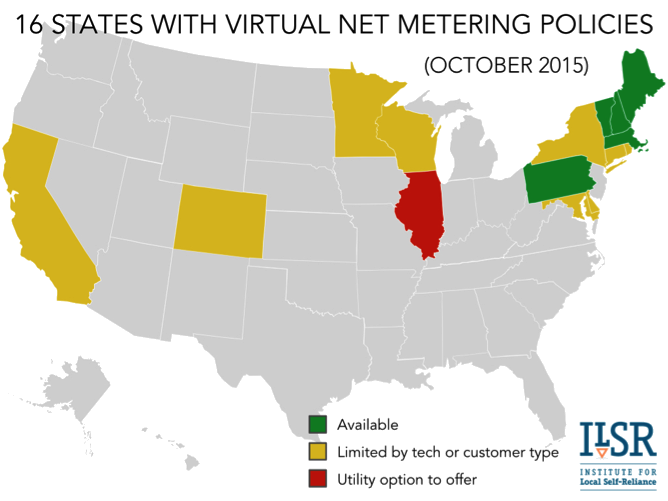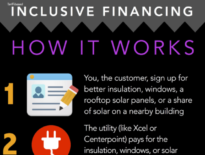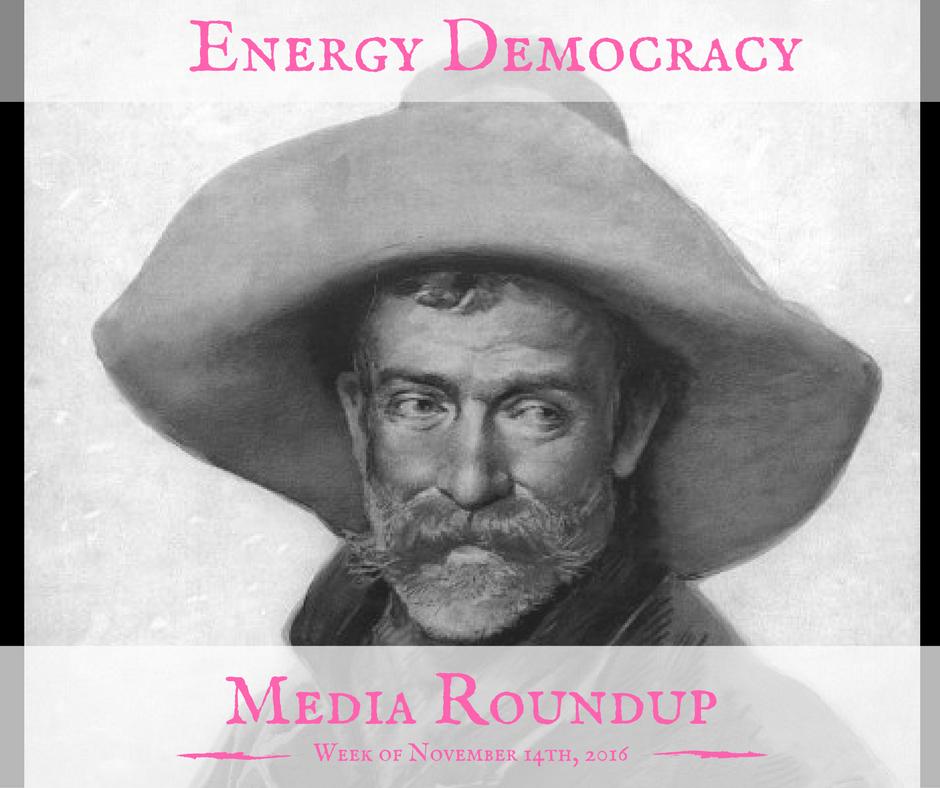![]() Net metering is a common distributed renewable energy policy in the United States, allowing individuals to “turn back” their meter (and reduce their electric bill) by generating on-site electricity. But utility accounting systems typically prevent people from sharing the output from a single, common solar or wind project.
Net metering is a common distributed renewable energy policy in the United States, allowing individuals to “turn back” their meter (and reduce their electric bill) by generating on-site electricity. But utility accounting systems typically prevent people from sharing the output from a single, common solar or wind project.
Virtual (or group or neighborhood) net metering (now also called “shared renewables”) allows utility customers to share the electricity output from a single power project, typically in proportion to their ownership of the shared system. The following map illustrates which states (as of October 2015) support virtual net metering. See previous maps here: February 2014, October 2013, August 2012.

State |
Eligibility |
| California | Multi-tenant properties, local governments |
| Connecticut | Municipal, state, or ag. customers only |
| Dist. of Columbia | All customers |
| Maine | All customers |
| Maryland | Allowed for agricultural customers, non-profit organizations, and municipal governments or their affiliates |
| Massachusetts | All customers |
| New Hampshire | All customers |
| Pennsylvania | All customers, within 2 miles |
| Rhode Island | Local and state governments |
| Vermont | All customers |
SOLAR ONLY |
|
| Colorado | IOU customers; solar only |
| Delaware | All customers; solar only |
| Minnesota | Xcel Energy customers only |
| New York | Launched October 2015 |
| Wisconsin | NSP customers only |
OPTIONAL |
|
| Illinois | Utility choice to offer |
This article originally posted at ilsr.org. For timely updates, follow John Farrell on Twitter or get theDemocratic Energy weekly update.




